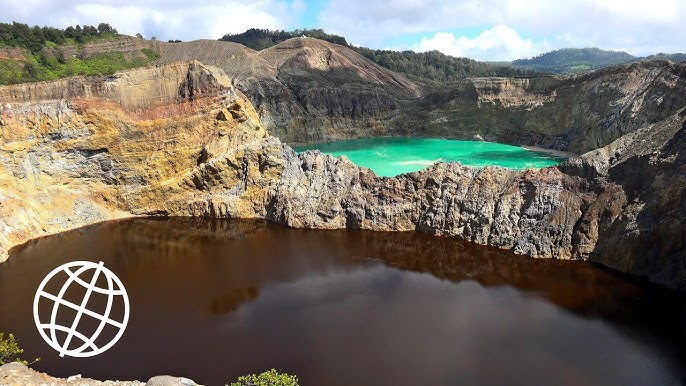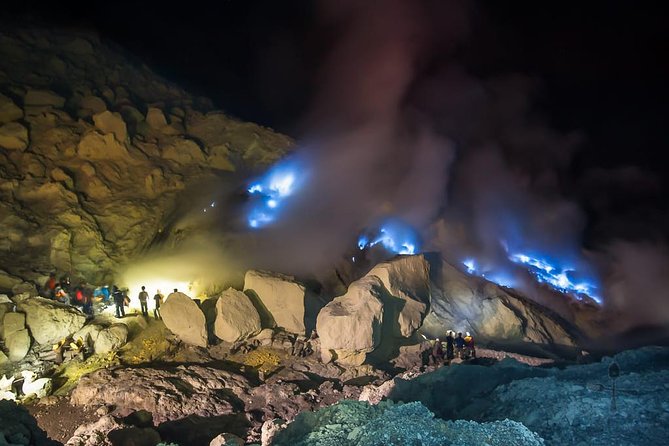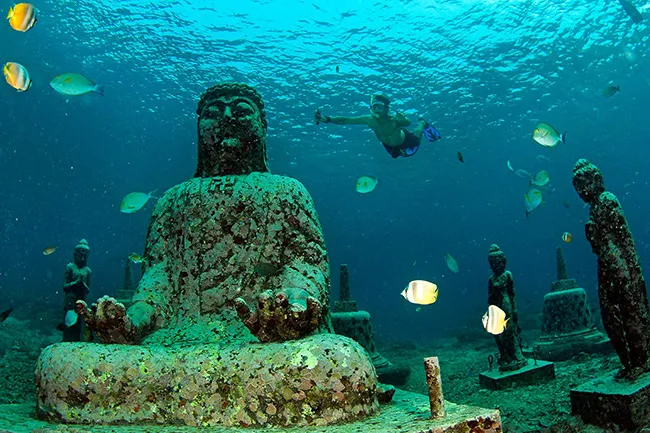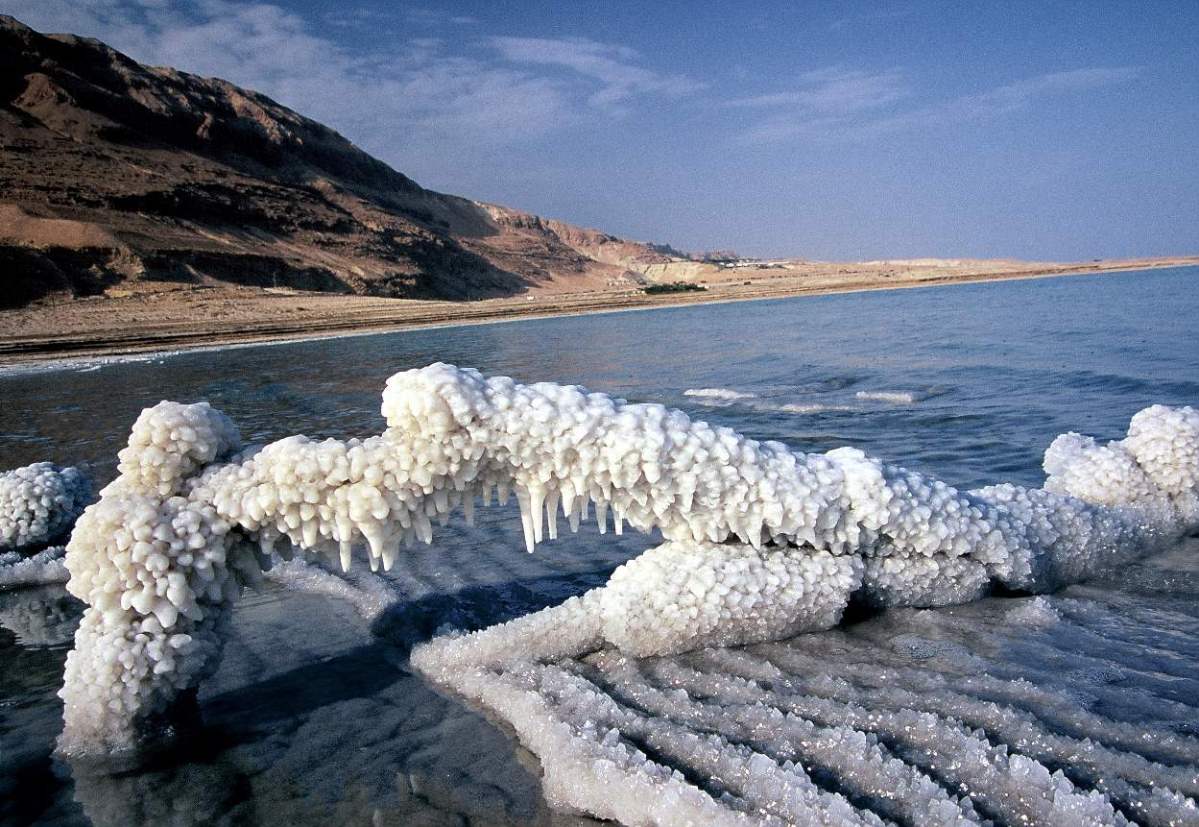Salt is one of the most common minerals on Earth, yet it can form some of the most bizarre and beautiful crystal structures found in nature. From geometric cubes to delicate flower-like shapes, salt crystals can appear in colors, sizes, and patterns that seem almost otherworldly. These natural works of art can be found in deserts, caves, and even underwater, shaped by time, temperature, and chemistry.
What Are Salt Crystals?
Salt crystals are solid forms of sodium chloride (NaCl) that develop when salty water evaporates. As the water disappears, salt molecules bond together to form repeating geometric patterns. The result is a range of crystal shapes that depend on environmental factors such as humidity, temperature, and mineral composition.
How Salt Crystals Form
The process of crystallization begins when salt-saturated water loses moisture through evaporation. The sodium and chloride ions attract each other, arranging into a cube-like lattice. Over time, multiple cubes grow and merge, forming intricate structures that can resemble towers, spikes, or even coral-like clusters.
In unique environments, other minerals mix with salt, creating colorful or oddly shaped crystals that defy typical geometry. These conditions are often found in salt lakes, salt flats, caves, and coastal regions.
The World’s Most Bizarre Salt Crystal Formations
1. The Dead Sea, Israel and Jordan
The Dead Sea is famous for its incredibly salty waters, which give rise to bizarre salt crystal formations along its shores. Visitors can find salt-covered rocks, floating salt balls, and intricate coral-like structures created by constant evaporation and mineral deposits.
2. Salar de Uyuni, Bolivia
Known as the world’s largest salt flat, Salar de Uyuni becomes a surreal landscape after rainfall. Beneath its reflective surface lies a thick crust of salt, forming unique polygonal patterns that stretch for miles.
3. Great Salt Lake, Utah, USA
The Great Salt Lake produces beautiful salt crystals that change shape and color depending on water level and salinity. In some areas, pink-hued salt crystals form due to the presence of halophilic microorganisms.
4. Siwa Oasis, Egypt
In this ancient desert oasis, underground salt deposits create mesmerizing salt formations in pools and caves. The high mineral concentration gives rise to unusual translucent and spiky salt crystals.
5. Lake Assal, Djibouti
One of the saltiest bodies of water on Earth, Lake Assal features massive white salt formations that look like frozen waves. It is also an important source of natural salt for local industries.
ALSO SEE : Crescent-Shaped Rock Island, Thailand (Koh Hong, Krabi)
Unique Shapes and Colors
While salt crystals are usually clear or white, they can take on pink, red, blue, or even black hues due to mineral impurities or microbial activity. Shapes vary widely, from perfect cubes to needle-like or flower-shaped formations, often forming under extreme conditions of heat or evaporation.
Why Scientists Study Salt Crystals
Salt crystals are more than just visually striking. Scientists study them to understand climate patterns, mineralogy, and even the possibility of life on other planets. For example, salt formations on Mars and in deep-sea environments on Earth offer clues about how life might survive in harsh conditions.
How to Grow Bizarre Salt Crystals at Home
Creating your own salt crystals is simple and educational. All you need is water, salt, and patience:
- Dissolve table salt in warm water until no more can dissolve.
- Pour the solution into a clear container and let it sit in a warm, dry place.
- Over several days, salt crystals will begin to form on the sides and bottom.
For a more colorful display, add food coloring or use different types of salts such as sea salt or Epsom salt.
Conclusion
From the shores of the Dead Sea to the vast flats of Bolivia, bizarre salt crystals reveal nature’s talent for creating art from minerals. Their shapes, colors, and formations continue to inspire scientists, photographers, and travelers alike. Whether seen under a microscope or across a desert plain, salt crystals remind us that even the simplest elements can produce extraordinary beauty.
ALSO SEE : Rosalía’s LUX Album Channels Patti Smith’s Spirit in Avant-Garde Flamenco Masterpiece





